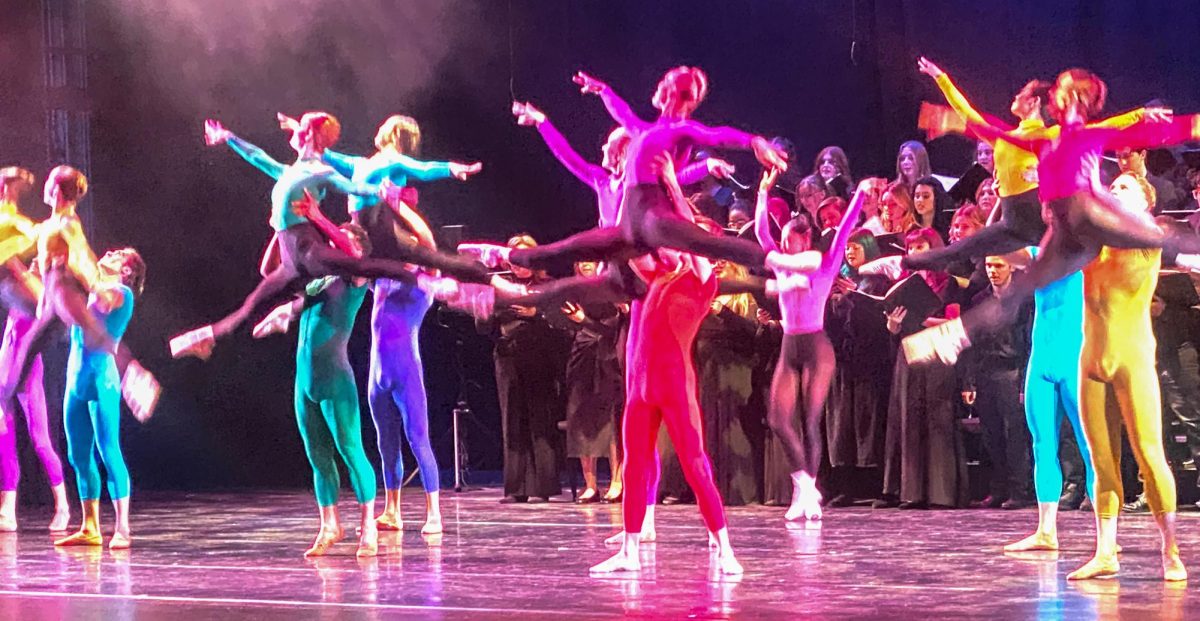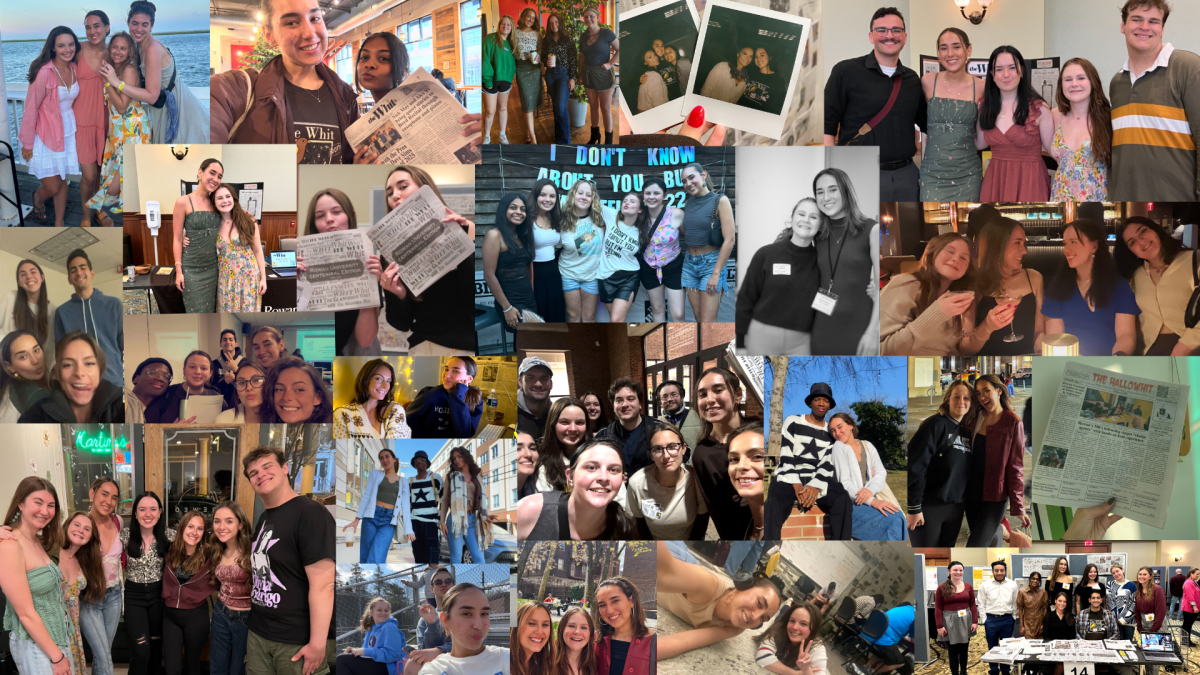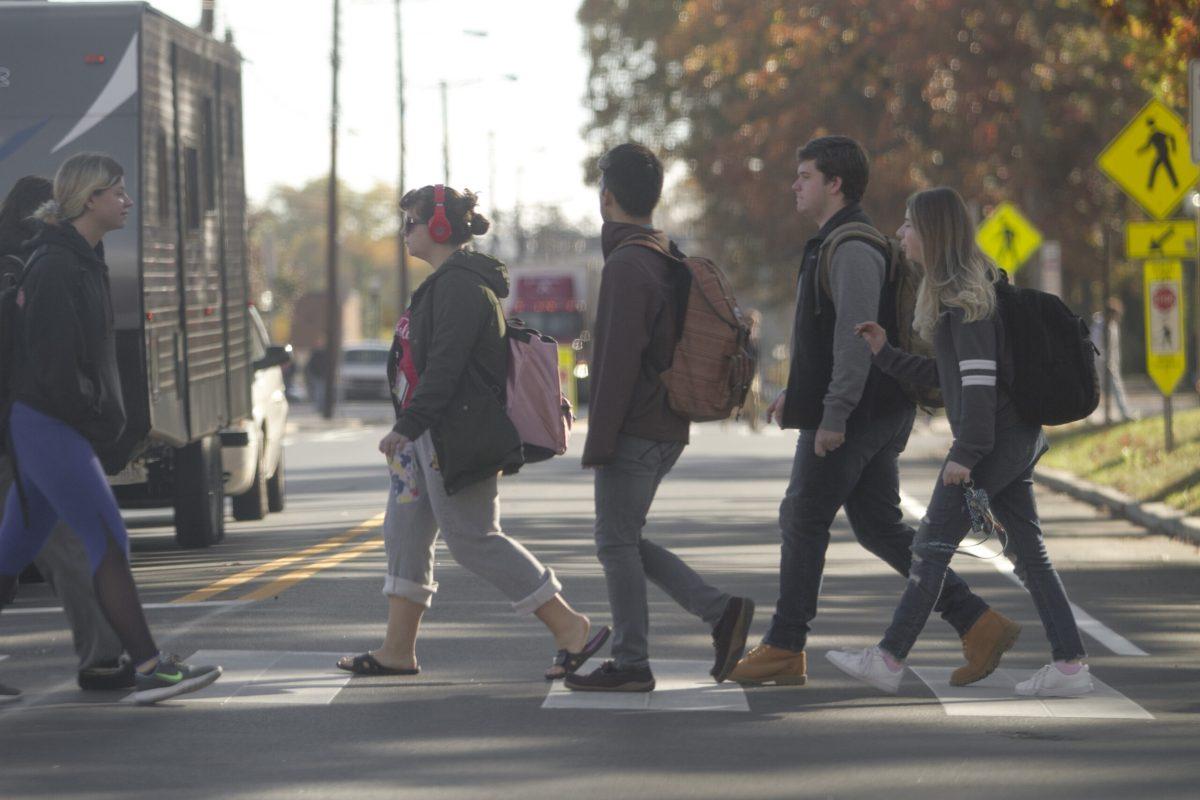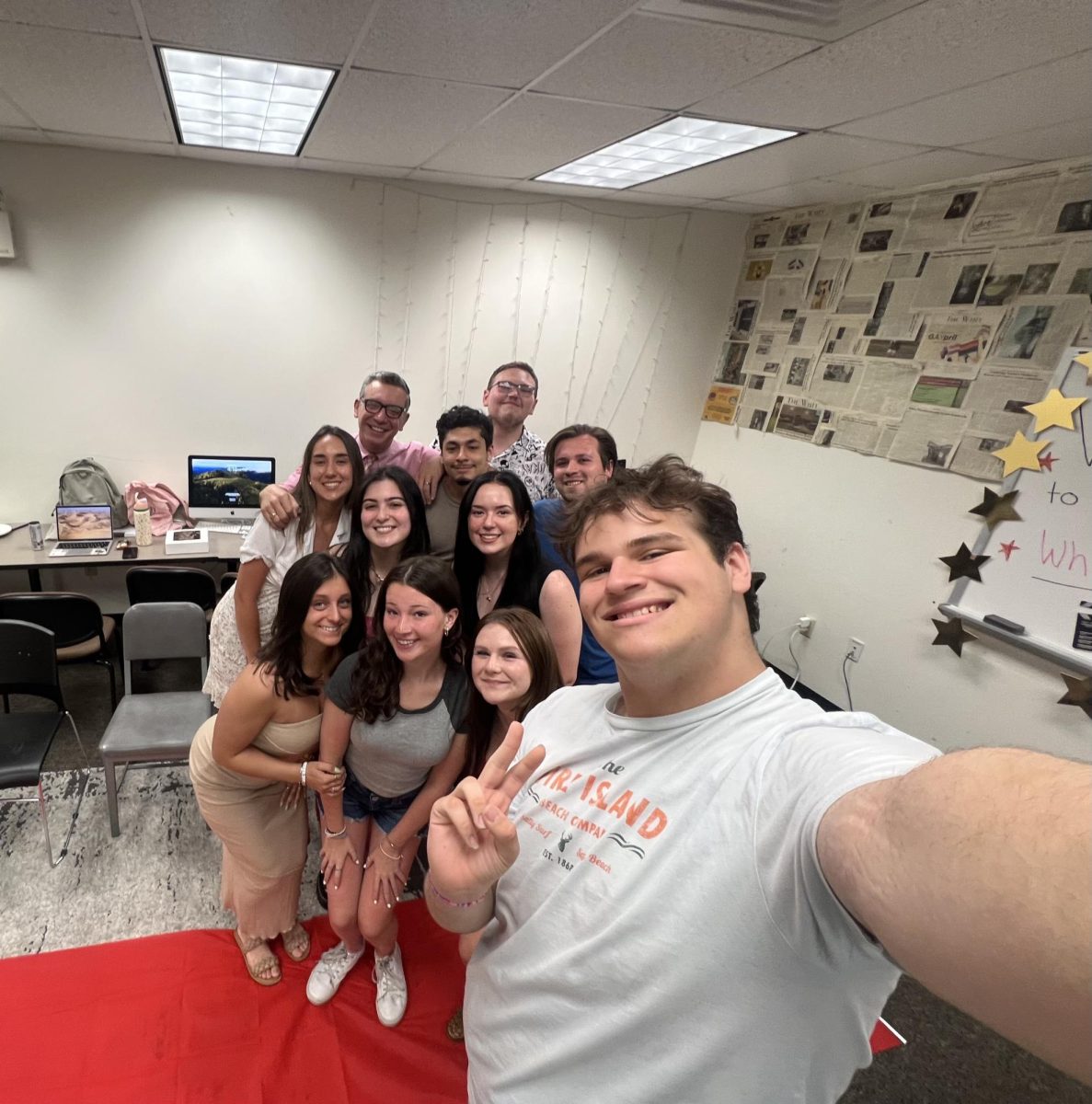If you’ve listened to Malcolm Gladwell’s podcast “Revisionist History,” you might be aware that there’s an episode about Rowan. In it, Gladwell explains why he finds this university admirable: its commitment to provide accessible education for students from all backgrounds.
When he asks University President Ali Houshmand to describe the typical engineering student, he thinks of an 18-year-old whose “mother is a teacher and whose father is a firefighter.”
Indeed, “affordability” and “accessibility” are two of Rowan’s Four Strategic Pillars. In order to do this, the university pledges to “increase enrollment capacity,” “reducing student debt” and “limiting tuition increases to the rate of inflation.”
These are all good starts to tackling inequities within the higher education system. They’re also kept promises that the university is making good on.
But students from low-income backgrounds need more than just these promises. They need support that the university isn’t offering, and isn’t even trying to offer. In fact, recent university expansion efforts often work in spite of the needs of low-income students.
As Rowan is the fourth-fastest growing university in the country, our growing pains are no surprise.
Insufficient parking is one way that low-income students are harmed. A paper from the University of Nevada, Las Vegas describes how commuter students are typically from lower-income backgrounds, while still achieving the same academic success as their residential peers. Even so, parking problems can lead to arriving late to class and missing valuable lecture material or class announcements.
As enrollment has increased, available parking hasn’t increased. When Lot J closed this year for construction, the Ellis Street parking lot was the suggested alternative.
At a third of a mile away from the nearest academic building (College of Communications and Creative Arts on Victoria St.) and about a mile and a half from the farthest academic building (Rowan Hall), the Ellis Street lot operates under the expectation that commuter students should be happy to have a place to park at all. However, this trek could be life-threatening for a disabled student who doesn’t have a handicap parking permit.
Meanwhile, students who do not come from money or who cannot take out a loan aren’t generally able to live on-campus. Even the cheapest residence halls like Evergreen or Willow Halls, typically targeted to freshmen, still cost over $8,000 to live in for an academic year. Holly Pointe Commons, the site of the majority of freshman housing, costs $9,720 for the full academic year – which is almost as much as the year’s current tuition of $10,076.
Housing at Rowan comes out to about $900 each month for the cheapest possible option. That’s not far from the average monthly cost of rent and utilities for a 1-bedroom apartment in Newark, where you would at least get 650 square feet of space rather than a cramped dorm – and likely a kitchen with a dishwasher, too.
While the Nexus apartments have recently become the latest and most expensive addition to student housing options, Rowan has announced no plans to invest in any housing which is intended to be affordable.
Rowan, a school which takes such pride in its tuition affordability, has made no moves to remove the barriers to education of its most in-need students.
It seems that the university has grown self-satisfied with the work of helping students get access to education. But is it really enough?
For comments/questions about this story, email [email protected] or tweet @TheWhitOnline.

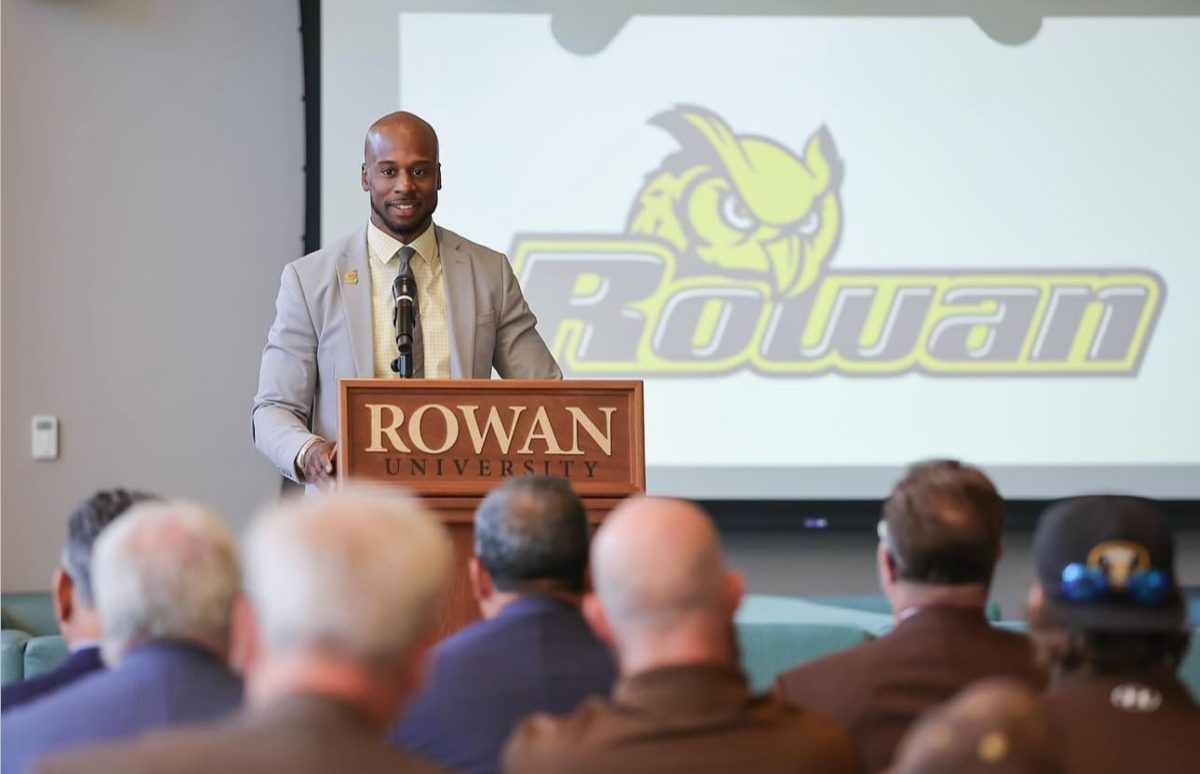

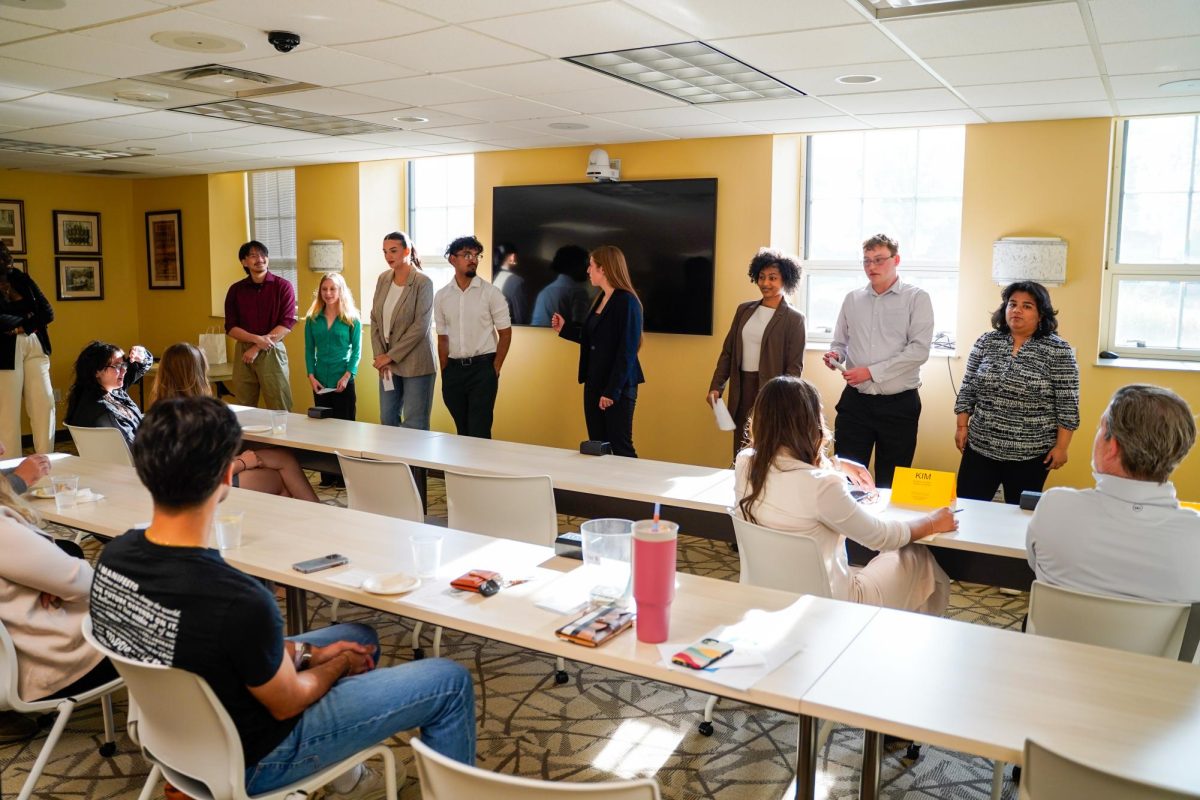
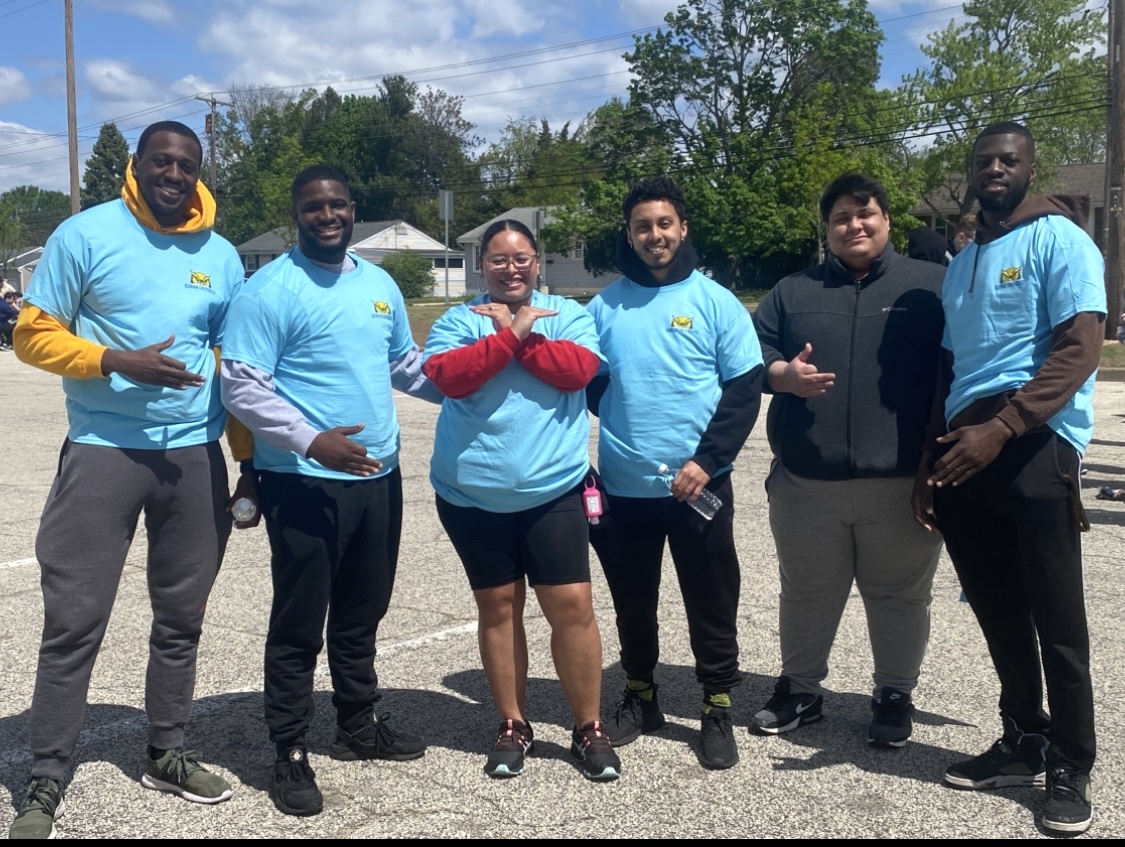















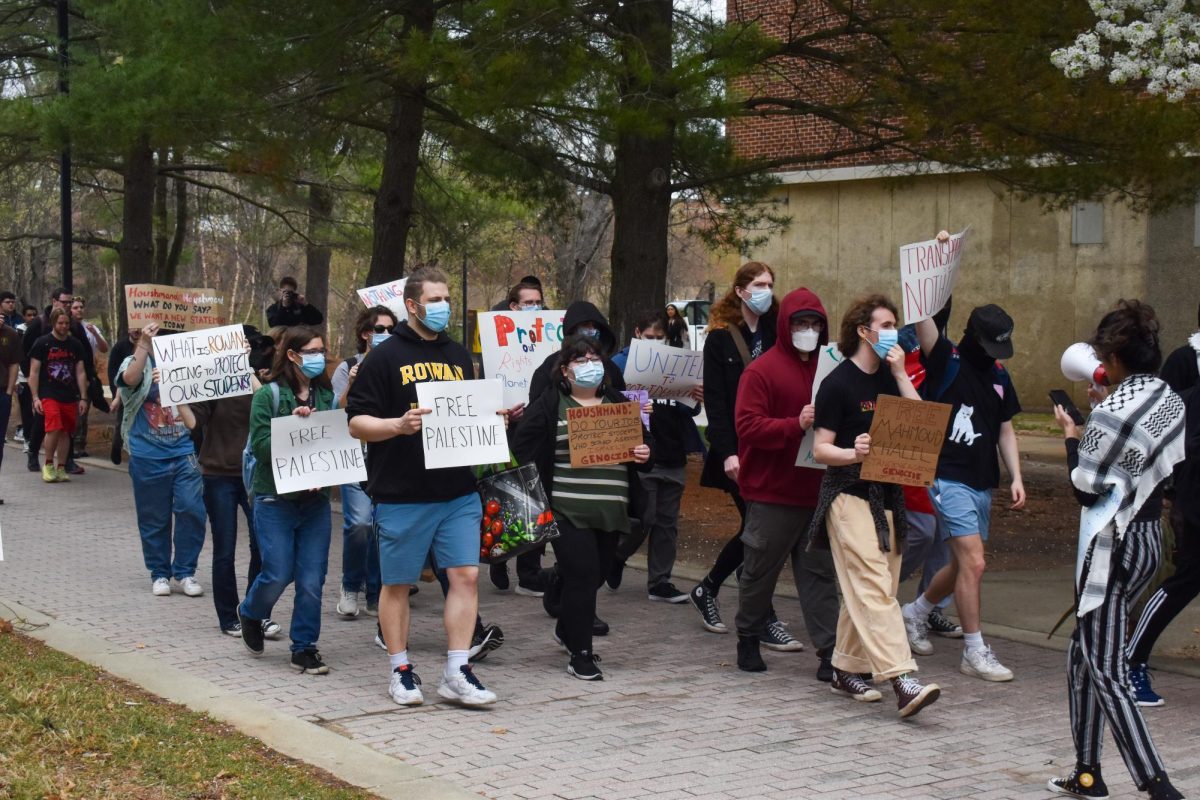





































































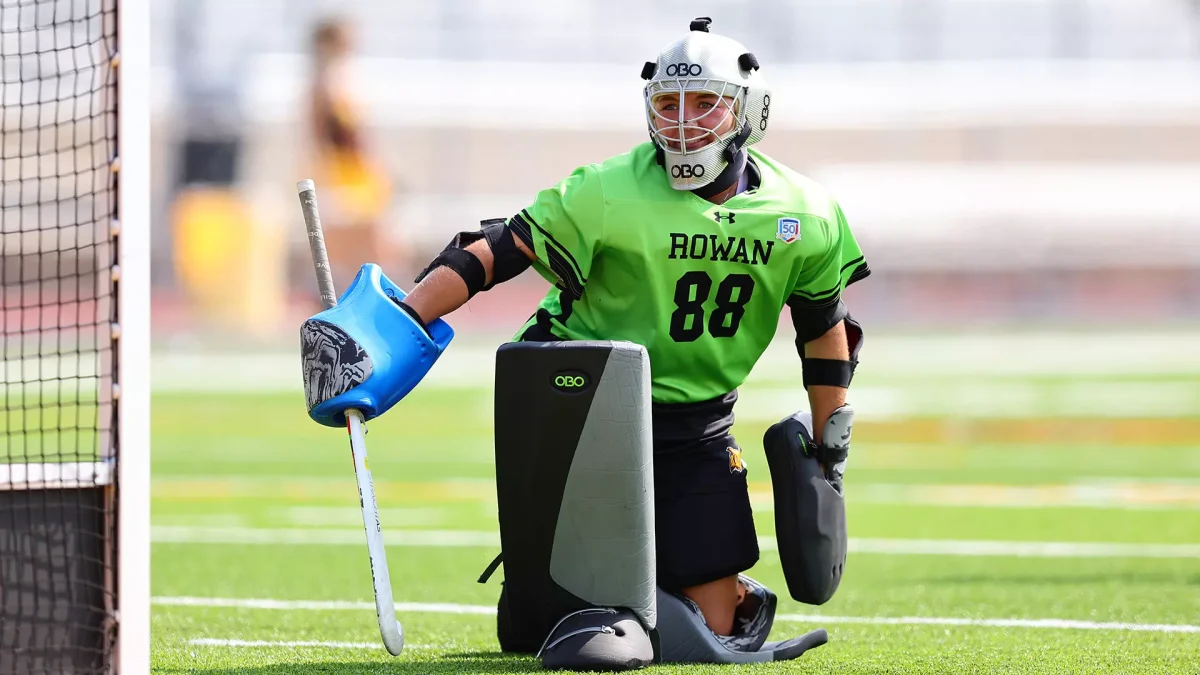


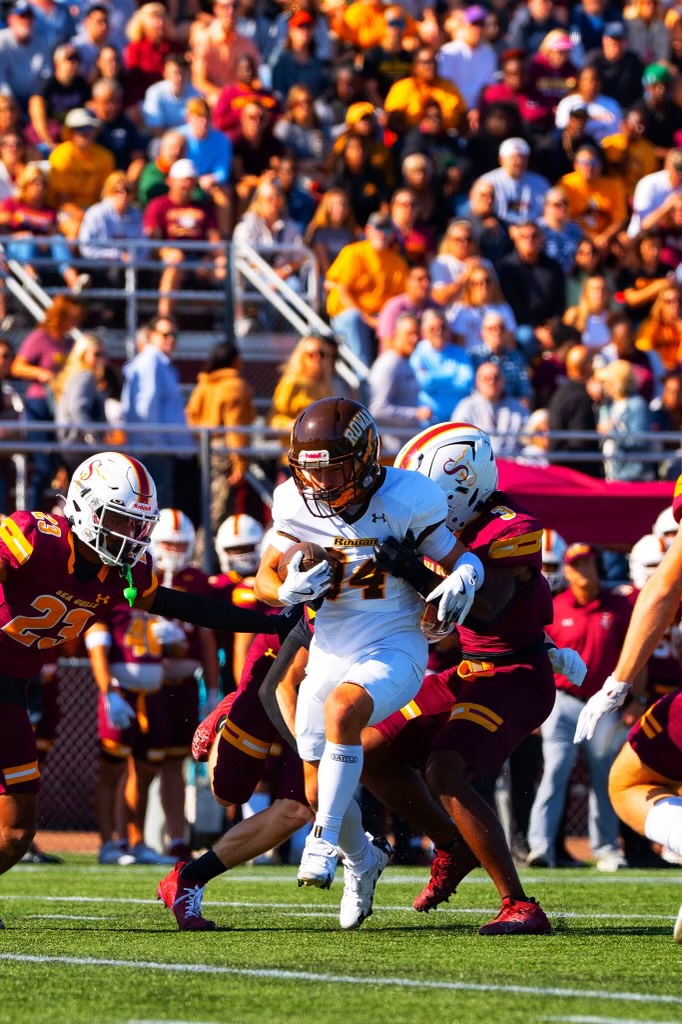







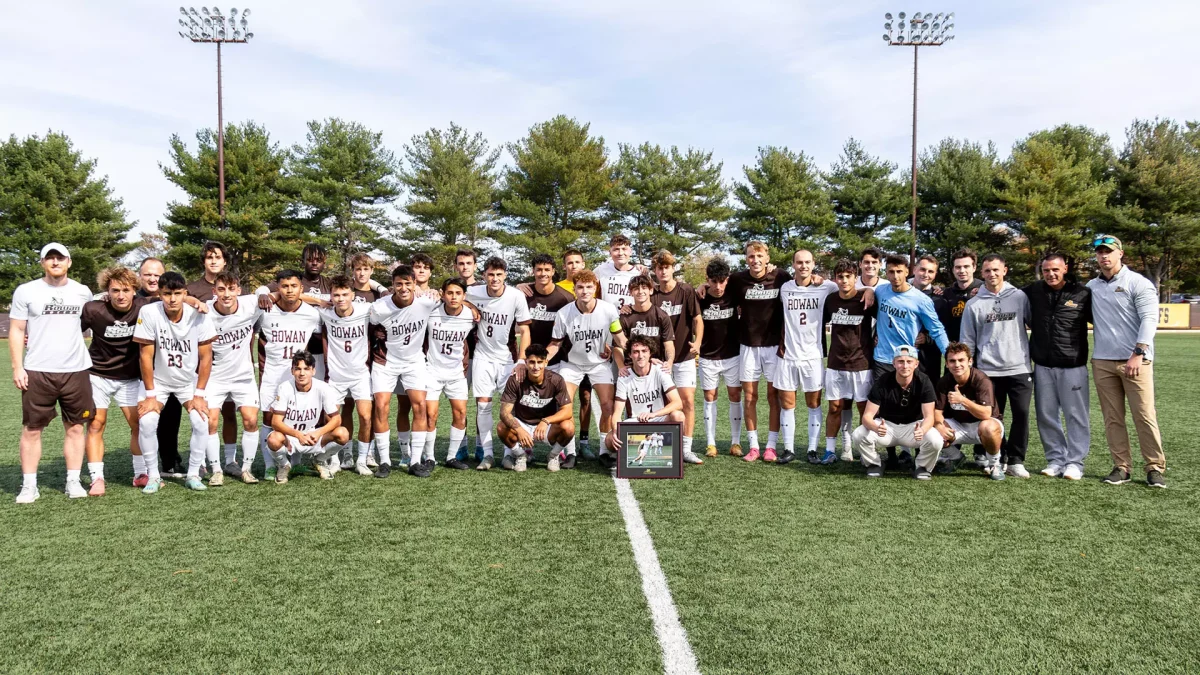

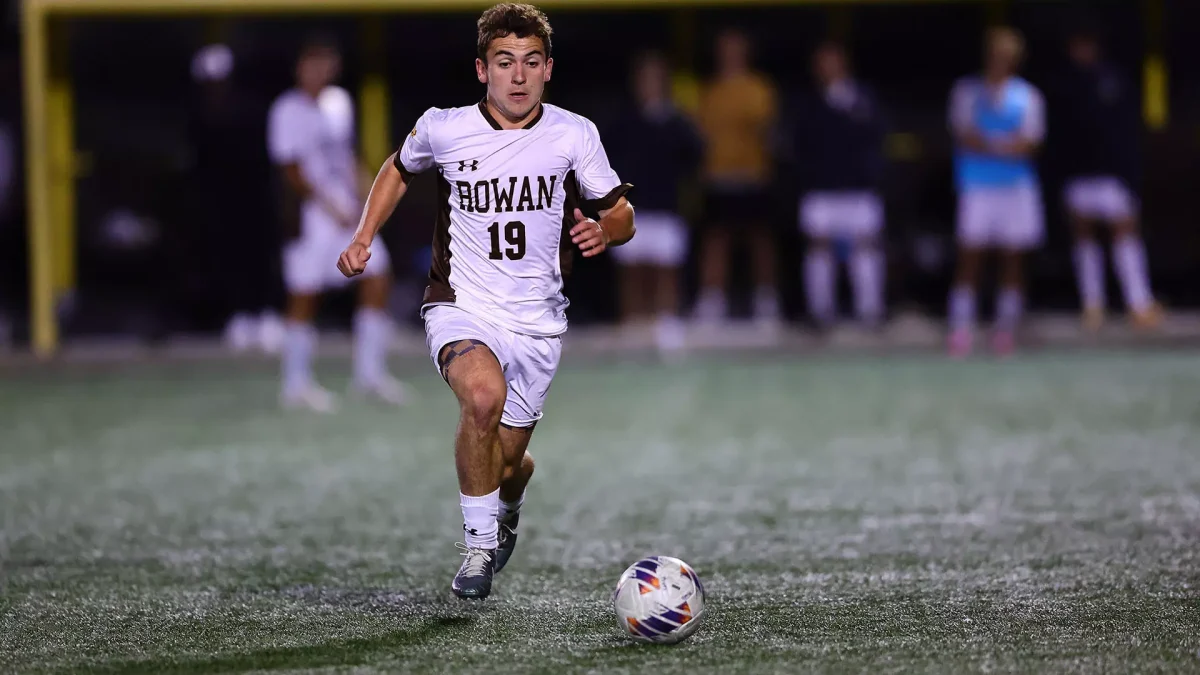



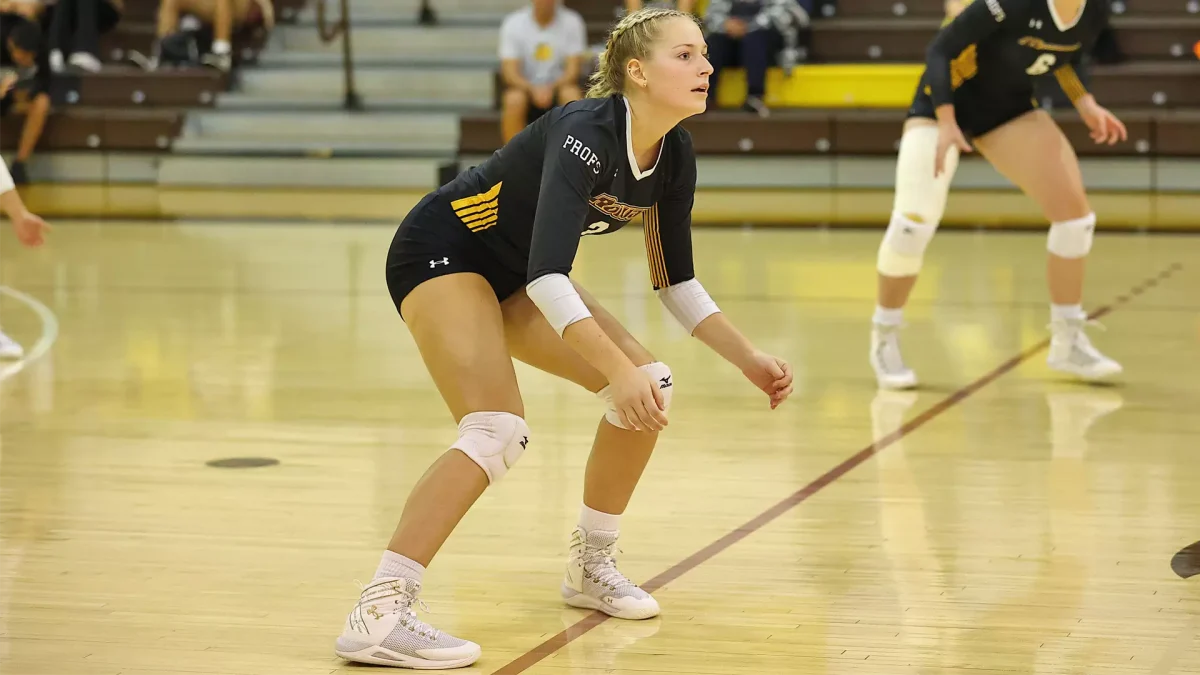




















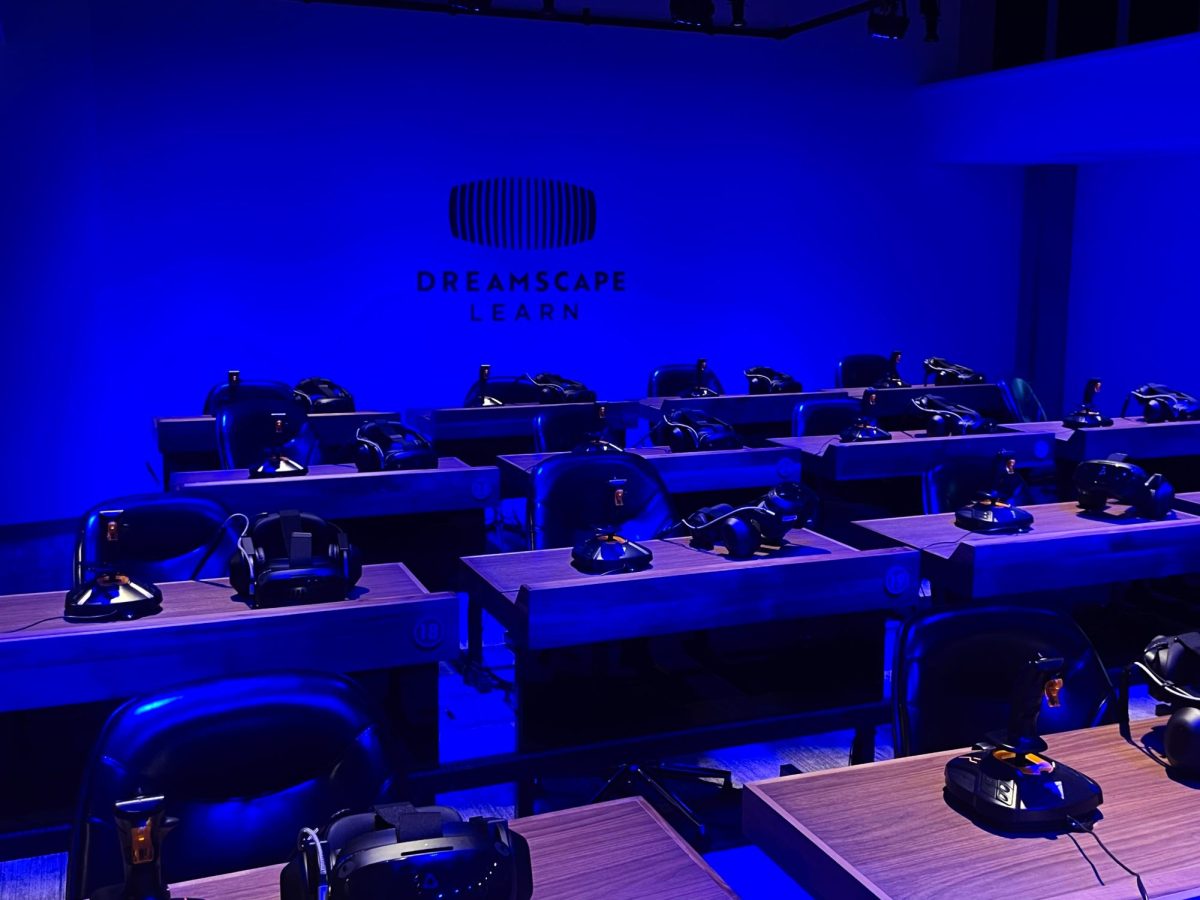
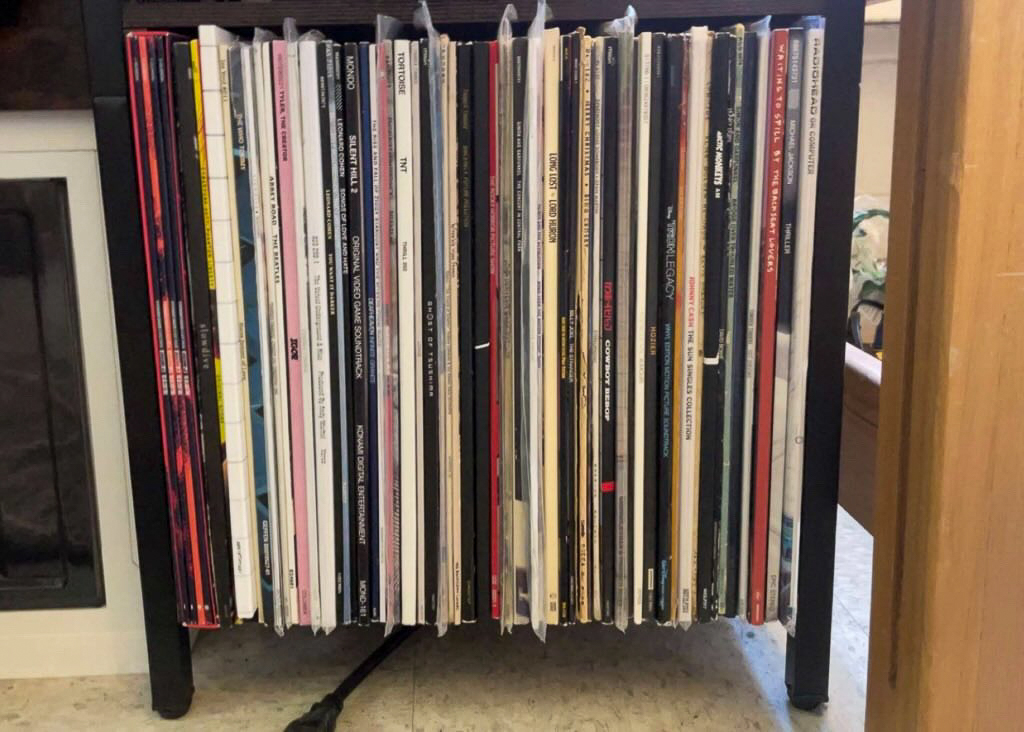























!["Working with [Dr. Lynch] is always a learning experience for me. She is a treasure,” said Thomas. - Staff Writer / Kacie Scibilia](https://thewhitonline.com/wp-content/uploads/2025/04/choir-1-1200x694.jpg)

